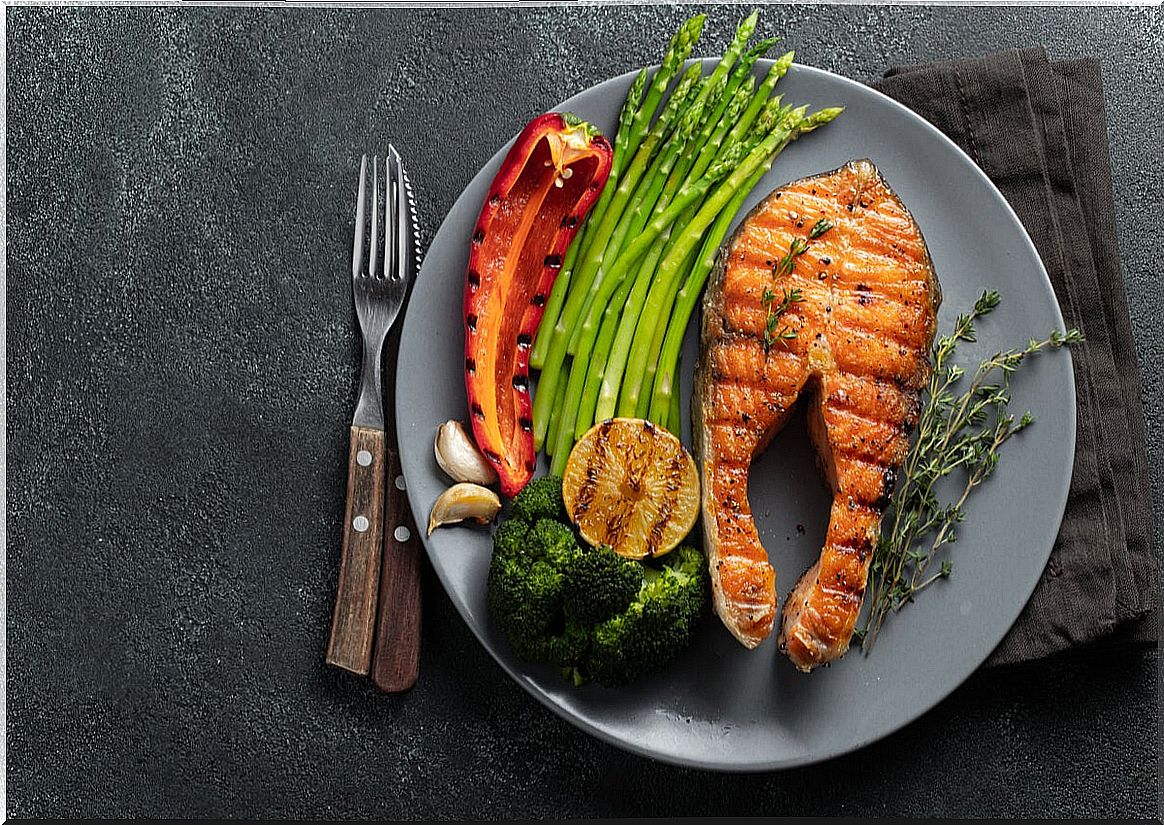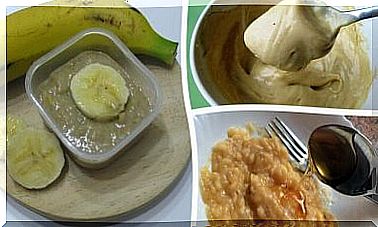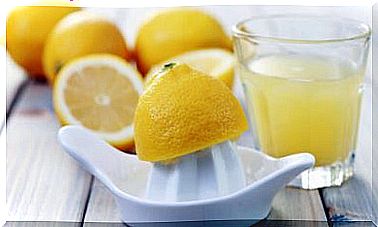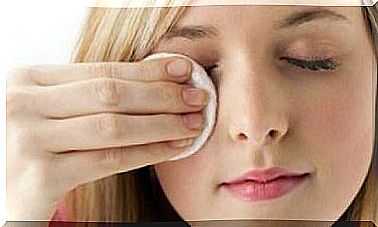Pescatarian Diet: What Does It Consist Of And What Are Its Advantages?
With the rise to a healthier lifestyle, some diets such as the Pescatarian diet have re-emerged. What is it about? Well, it is a type of vegetarian diet where fish and seafood are the stars of the dishes.
It is also called “pescetarina” or “pesco-vegetarian”. The term appeared in the 1990s as a combination of the Italian word “pesce” and “vegetarian” for fish.
The inclusion of food from the sea brings many benefits to these eating models, but you have to take care of some aspects and, if possible, limit the consumption of certain types of fish. Do you want to know more about it? Continue reading!
What is the Pescatarian diet?
Salas-Salvadó points out that semi-vegetarian diets appear as a new modality within healthy eating. They cover a wide range of diets, where meats are replaced by other sources of protein.
In the case of the Pescatarian or Pescetarian diet, it is a semi-vegetarian diet whose protein sources come from fish and other seafood, such as shellfish. Orlich and other experts also classify it as fish-vegetarian.
This does not mean that the person should eat seafood three times a day, since, being a type of vegetarian diet, it also includes protein from tofu, seeds, nuts and legumes. Lean pescatarians can include dairy and eggs.

What foods are part of the Pescatarian diet?
Among the sea foods that Pescatarians can consume, in addition to others, are:
- Fresh or frozen fish, such as salmon, pollock, catfish, and sardines.
- Fresh or frozen seafood, such as scallops, shrimp, and clams.
- Fish sticks.
- Canned tuna.
- Canned sardines.
- Canned salmon.
They also include plant-based foods such as the following:
- Legumes, such as beans in all their varieties, peas, lentils, peas, hummus, and tofu.
- Whole cereals, such as corn, rice, oats, Bulgarian wheat, or pearl barley.
- Pseudocereals, such as quinoa, buckwheat, and amaranth.
- Walnuts, hazelnuts, pistachios, almonds, among other nuts, as well as their derived butters.
- Oilseeds such as flax seeds, hemp and chia.
- Eggs and dairy products, if they are lacto-ovo-vegetarian.
- Fruits, preferably whole.
- Vegetables and vegetables.
In the event that the pescatarian diet is strict, that is, it does not include eggs or dairy, you should consult a nutritionist to include calcium supplements.
What are the advantages of the pescatarian diet?
The Pescatarian diet brings benefits twice. Those typical of vegetarianism and those offered by the consumption of seafood, which give added value to vegetables.
Helps obtain essential nutrients
A review of the scientific literature shows that vitamin B12, calcium, zinc and long-chain omega-3s are scarce in strict vegan or vegetarian diets . Therefore, adding shellfish, fish, crustaceans, and mollusks can provide these beneficial nutrients.
Nutrients magazine indicates that fish is the best source of long-chain omega-3s, such as eicosapentaenoic (EPA) and docosahexaenoic (DHA). These are beneficial to health as they help brain function, heart and mood.
On the other hand, oysters and mussels are abundant in vitamin B12, zinc, and selenium. Oysters cover 133% of the requirement for B12 and 55% for zinc and selenium.
Increase your protein intake
A protein-rich diet is difficult to achieve with plant-based foods alone. Hence, the inclusion of fish plays an important role as a source of this nutrient. According to the INCAP food table , the protein values of different varieties of fish range between 17% and 23%.
According to the Journal of Endocrinology and Nutrition, an average 68-kilogram adult needs about 54 grams of protein. Consuming 100 grams of fish can cover almost half of the requirement.
Helps maintain a healthy weight
A study on weight gain and body mass index (BMI) in women who ate a pescatarian diet, found that the weight gain was 1.1 kilos lower than those who consumed meat in their diet.
In the ALAN magazine, for its part, it was also revealed that obese women who consumed omega-3s from fish, managed to reduce their weight significantly.
This is complemented by what is stated in The American Journal of Clinical Nutrition on weight reduction in obese people who include vegetables in their diet.
Vegetarian or semi-vegetarian diets are low in calories. Its high proportion of fiber and water are able to increase satiety, and thus reduce energy intake.
Reduces the risk of cardiovascular diseases and metabolic syndrome
There are many investigations that confirm the association between a high consumption of fatty fish and the low prevalence of cardiovascular diseases. The important contribution of omega-3 fatty acids, such as eicosapentaenoic (EPA) and docosahexaenoic (DHA), explain this relationship.
In this context, a study analyzed those people who had a pescatarian diet. They found that 22% had a lower risk of dying from heart disease when compared to those who ate meat regularly.
Another review claims that omega-3s in fish can help:
- Modify lipids in the blood.
- Balance glucose.
- Reduce insulin resistance.
- Lower blood pressure
- Act as an anti-inflammatory.
- Protect against oxidative stress.
In other words, regulate the components of the metabolic syndrome.
Lowers blood pressure and risk of thrombosis
Omega-3 fatty acids lower blood pressure in hypertensive patients. In addition, they stimulate the production of a type of substance with an anti-inflammatory effect, called prostaglandin. They also dilate blood vessels and prevent clots from forming, reducing the risk of thrombosis.
Berkow and Barnard published that blood pressure is lower in vegetarians and semi-vegetarians than in non-vegetarians. This is because these diets provide polyunsaturated fat, potassium, magnesium, and fiber. These nutrients help reduce body weight, improve blood flow and lower blood pressure.
Helps regulate glucose levels
Vegetarian diets are suitable in the treatment of diabetes and, in fact, help prevent type 2 diabetes. In the journal Diabetes Care, for example, it was published that 4.8% of fish-vegetarians had a lower risk to develop diabetes when compared with 7.6% of those who practice a diet with consumption of meat, dairy and other sources of protein.

Benefits the nervous system
Omega-3 fatty acids, DHA and EPA, found in fish and shellfish, serve important brain functions during pregnancy and early in development.
A study shared in the Archives of Disease in Childhood – Fetal and Neonatal Edition found that children of mothers supplemented with omega-3s in pregnancy had greater coordination and memory, compared to mothers who did not take supplements.
Other authors also showed that consuming omega-3s from fish improves motor functions, learning, and visual acuity.
Little environmental impact
According to the Food and Agriculture Organization of the United Nations (FAO), livestock farming contributes 15% of all carbon emissions from human production. In contrast, carbon production from fish and shellfish is much lower.
What are its disadvantages?
The Pescatarian diet has more advantages than disadvantages. However, attention must be paid to the presence of contaminants accumulated by various types of fish.
Therefore, the United States Food and Drug Administration (FDA) recommends avoiding the consumption of tilefish, swordfish, shark and king mackerel, especially in pregnant women, nursing women and young children.
Tips for eating a Pescatarian diet
It is always good to follow some recommendations to take better advantage of the nutrients and benefits of food. For fish and shellfish, the following is recommended:
- Use healthy techniques for cooking fish. That is to say, prepare it on the grill, in the oven or on the grill. Never fry.
- Select quality fish and seafood. You must take care of certain characteristics when choosing fresh fish. For example, the eyes should be bulging and bright pupils, well-attached scales, and pink gills. Seafood preferably live or frozen.
- Avoid eating fish with high levels of mercury. Such as shark, swordfish, king mackerel, tilefish, and bigeye.
- Canned fish are a good option. The preserves are designed to keep seafood in perfect condition. Some come in oil and some come in water. The proteins and nutrients will remain in the pulp of the fish or shellfish. The selection will depend on your tastes and preferences.
- Vary the recipes. Combine fish and shellfish with vegetables for stuffing, sautéing, or side dishes. You can enhance the color of the plate with green leafy salads, tomato, beans or nuts. Always remember olive oil, tarragon, garlic and pepper to dress.
The pescatarian diet turns out to be healthy and nutritious, since it is able to compensate for some nutrients lacking in vegetables. The intake of omega-3 fat with fish and shellfish becomes the icing on the cake of this type of diet. Avoid fish that accumulate mercury.








